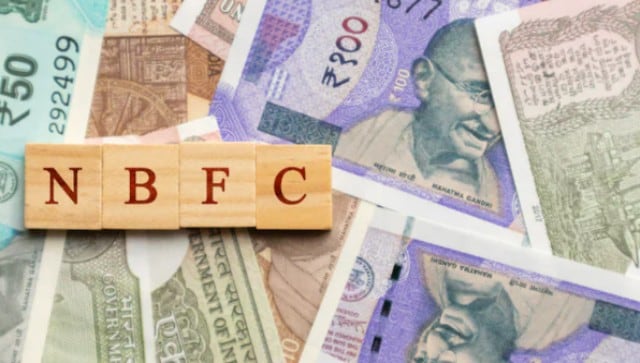NBFCs may be ahead


Representative image. Money control
India’s FinTech revolution is now well under way. UPI is now the country’s most widely used payment mechanism, by some measures ahead of cash or NEFT/RTGS bank transfers. Millions of households check their credit scores every month on dozens of different smartphone apps. Households now have seamless and almost cost-free digital services available for all parts of their financial life, across savings, payments, credit, insurance, investment and financial coaching.
But what is also clear is that India’s FinTech has not gone far enough. Indian households and small businesses remain underinsured, credit starved and largely do not understand how their financial instruments are supposed to work for them. This glass-half-empty view means there are still vast white spaces left for the industry to cover.
A very diverse set of players will be looking to fill these white spaces. They include “intrapreneur cells” in incumbent banks, technology companies with SaaS offerings (or even BaaS Banking-as-a-Service offerings) and quasi-government agencies such as NPCI. But I would argue here that NBFCs, providing credit to the less privileged sections of the economy, will lead the next phase of the FinTech revolution.
NBFCs have some natural advantages over other parts of the ecosystem.
First, they sell credit, which is the typical pull product. The majority of Indian households and small businesses remain credit-starved. Unlike insurance, which is also a massively underserved market but needs a massive push to get the customer to consider a purchase, an NBFC’s customers come to the market searching for their product.
Second, they sell a product that is profitable enough to be viable. This is a big deal in an ecosystem where most players are on thin margins. UPI is free to use because it is subsidized by the government. SaaS players and other “tech companies” have struggled with pricing for India for decades, and are naturally shifting their attention to markets accustomed to paying for services. Digital marketplaces see their margins limited by good enough analog equivalents, B2C services like knowing your credit score and coaching in financial form haven’t quite figured out how to migrate from free to freemium. Investors have started asking tough questions about profitability. In this landscape, the sustained, substantial profitability shown by well-managed NBFCs looks like an oasis in a desert.
Third, NBFCs are hungry for business. Public and private banks still have so much catching up to do in wholesale lending, prime lending and other verticals that it will be decades before they compete hard for the tougher underserved market segments. The better managed NBFCs also have the technical capabilities and institutional design needed to serve emerging market segments.
One of the biggest challenges the NBFCs have to overcome is regulatory. While the RBI has generally been very supportive of FinTech innovation, quite a few challenges remain. For example, genuine credit cards remain banned for NBFCs, although monoline card companies are common in other countries. The INDAS accounting standards used by NBFCs are stricter than the I-GAAP standards still used by banks. Requirements requiring a customer’s KYC to be physically seen and verified by a lender’s employee appear to have been written with branch-centric banks in mind, rather than digital-first NBFCs. However, there is no doubt that the better managed NBFCs will face these challenges. Expect to see technology-centric NBFCs emerge as the most creative and valuable innovators in the next phase of the FinTech revolution.
Read all Latest news, Popular news, Cricket news, Bollywood News,
India news and Entertainment news here. Follow us on Facebook, Twitter and Instagram.






















